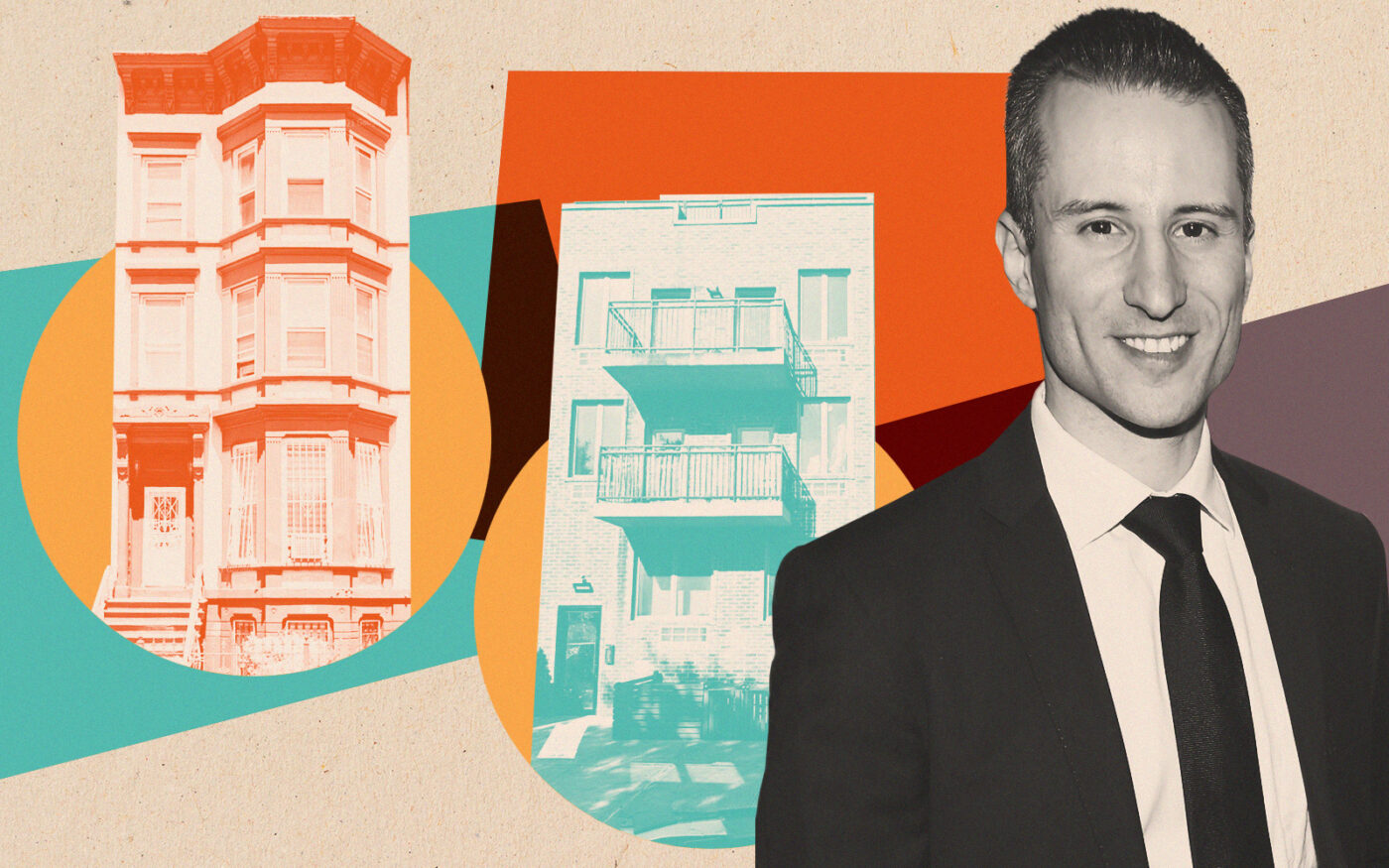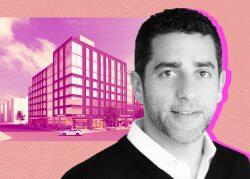 Betting on the Bed-Stuy boom
Betting on the Bed-Stuy boom
Trending
Hoop dreams dashed, Frenchman builds Brooklyn portfolio
How Remy Raisner pivoted from basketball to real estate

Remy Raisner’s first real estate deal was for a run-down multifamily property in Bushwick. In 2009 he paid $325,000 for the debt on the three-story building, which had been abandoned by the landlord and gone into receivership.
To finance his portion of the deal, Raisner took out a $25,000 credit card line.
“It took me a year to cobble together investors,” Raisner said. “It took me another two to make my first dollar in this business, and three years to turn a profit.”
But Raisner kept at it, scooping up more distressed multifamily buildings in some of Brooklyn’s grittier neighborhoods. The Raisner Group’s portfolio now totals 50 properties in Bushwick, Bedford-Stuyvesant and Prospect Lefferts Gardens.
Raisner buys middle-market buildings on a handful of streets, then renovates and manages them. It’s been a good strategy, as demand to live in those enclaves has grown faster than supply.
“A lot of young people who have moved into these neighborhoods are willing to pay higher rents — they have to pay higher rents — because there’s not a lot of product available,” said Matt Cosentino, a partner at commercial brokerage TerraCRG. “It may be more affordable than Brooklyn Heights, Cobble Hill or Carroll Gardens, but these rents are continuing to go up, and they’ve certainly gone up since 2009.”
Raisner made his way to Central Brooklyn from, of all places, Paris. Real estate was not his first calling: At 16, he became a professional basketball player in the north of France, playing on the same team as future NBA star Rudy Gobert.
Three years later, the 6-foot-4 Raisner moved to New Jersey to play Division I basketball at Fairleigh Dickinson University but a shoulder injury that required surgery quickly ended his own NBA dreams. He graduated early, played professionally in France for two years and made his way back to the U.S.
“At 23, I was pretty much out of basketball, and then I was lucky to find a hedge fund that was pretty much only hiring professional athletes,” he said. “I worked for them and things went well for me, then not so well. I decided to go to business school to gain more stability.”
He graduated from Columbia Business School in the midst of the Great Recession and couldn’t find a job, so he launched the Raisner Group from his dormitory.
“I created my company out of necessity,” Raisner said. “I thought to take the flip side of [the Financial Crisis], buy the assets that caused it, and that’s how I started my company, which allowed me to stay in the country too as I needed a visa.”
Raisner began buying non-performing debt and bank-owned properties, visiting banks’ workout departments to go through the loan files in person.
“It was a fascinating experience to witness the subprime crisis from the inside,” he said. “A huge financial mess had to be cleaned up and flushed. I didn’t have any money when starting out, and had to stay in university housing for two years after having graduated.”
Raisner has stuck with the formula of investing in down markets and holding properties for the long term. In 2014, he started investing in 2A/2B tax class properties (a strategy more recently deployed in Brooklyn by the Carlyle Group).
He avoided short-term financing and continued to buy buildings during the pandemic, snapping up 28 between 2020 and now. About 90 percent of the company’s income is from apartments and the rest is from commercial tenants. Raisner has 17 employees.
Demand has been growing for distressed, free-market buildings. New York caps property tax increases on those with fewer than 11 units, meaning their taxes can go up by no more than 8 percent a year. That has made them especially attractive to investors, Cosentino said.
“In 2019, when the rent stabilization law changed, a lot of people started buying these [free-market] buildings,” he said. “Instead of buying one 100-unit building, they would buy a lot of smaller buildings.”
Raisner stuck with that plan through the pandemic, although his portfolio was getting pummeled. At one point, it had a 30 percent vacancy rate and 30 percent of his tenants were not paying rent but were protected by the state’s eviction moratorium, he said.
“Effectively, we collected 49 percent of our rents, which also had gone down 20 to 30 percent,” he said. “I remember that at some point during the lockdown, I thought I owned nothing in my life except debts to our banks.”
Raisner negotiated with his lenders to delay mortgage payments until the eviction moratorium ended and rents recovered, he said. Then he went on a buying spree.
He continues to close on mid-market properties in Kings County with no immediate plans to expand beyond it.
“We will buy larger properties and for the time being continue to focus on Brooklyn, which I think currently is witnessing one of the world’s most important urban transformations,” he said. “It sets the stage for other cities.”
Read more
 Betting on the Bed-Stuy boom
Betting on the Bed-Stuy boom
 K2 Real Estate nabs $68M to kick off Prospect-Lefferts Gardens resi project
K2 Real Estate nabs $68M to kick off Prospect-Lefferts Gardens resi project




